Rules for pruning a hawthorn bush, crown formation in spring and autumn
Popular garden plants with tasty and healthy fruits include hawthorn, which can increasingly be found in summer cottages. However, the plant should be well monitored, and pruning a hawthorn bush in the spring and autumn raises questions for novice gardeners.
Procedure value
Hawthorn is an unpretentious plant to care for, so even a beginner in gardening can handle it. But everyone needs to know that this bush needs regular, timely pruning. The significance of this operation is undeniable.
- If this is not done, the bush will grow, take on a sloppy, unkempt look.
- Timely crown formation stimulates the emergence of new young shoots.
- A tree that is properly cared for will have more fruits.
Therefore, one should not rely on the power of nature - it is better to prune and regulate the condition of the bush on your own.
Timing
Depending on the purpose of pruning the bush, it can be done at different times of the year.
- In the spring, the procedure for forming the crown is most often carried out, giving it decorativeness and accuracy. The optimal period is the end of the first spring month and the beginning of the second, at which time the hawthorn has not yet woken up. The air temperature should be positive.
- In the fall, pruning is carried out in order to remove old dead branches and diseased shoots. This will help prepare the plant for winter and eliminate insect pests.
Advice
After the procedure, it is not recommended to treat the wounds; natural healing is preferable for hawthorn.
Varieties
Experts advise pruning the hawthorn bush twice a year, and if for some reason this is not possible, be sure to keep the spring procedure - you can do without the autumn one.
It is customary to distinguish the following types of trimming.
- Anti-aging. Helps accelerate the growth of young shoots. It consists in removing old branches of a tree or bush - this will cause further growth of young shoots, crown renewal and an increase in the yield and quality of the fruits.
- Regulatory. Allows you to update fruit branches.
- Sanitary. Removal of branches affected by diseases or pests. It is also carried out when dry or rotten branches appear. It is considered mandatory, otherwise the plant may die.
- Restorative. Helps if the plant is frozen.
- Thinning. It implies the removal of branches inside the crown, dry branches.
- Decorative. The plant makes it possible to form a crown in the shape of a ball or pyramid, so the owner can afford to experiment in the field of landscape design.
To increase the yield of the plant, it is customary to cut off the growing branches.
Advice
If the plant is used as a hedge, it must be cut heavily - no more than 1/3 of each of the shoots remains. Such bushes are pruned in the last weeks of spring and in the second half of summer.
Rules of conduct
In order to preserve the beautiful shape of the bush during the pruning process, it is recommended to adhere to the following tips.
- Leave the plant with 5 to 7 main branches.
- Their height should be within 2 meters.
- In the first year, all shoots are pruned at a height of 15 cm from the ground.
- In the summer of the second year, you can slightly shorten the side branches, this will cause the rapid growth of the plant. And at the beginning of spring, they are removed almost to the base (it will be enough to leave about 2 cm).
- The main branches should be cut by about ½. This is also recommended in the spring.In the summer, these branches are slightly trimmed.
- In the third year, the shape of the formed bush should be corrected with the help of a pruner and maintained throughout the season.
So you can give the bush the desired appearance. However, when pruning a plant, it is important to make sure that the underside is not exposed and also covered with branches. Only in this case can you get an evenly lush crown.
What branches need to be deleted?
- Wild shoots.
- Broken.
- Sick or dry.
- Excessively long.
- Crossed.
Interestingly, if you wish, you can make a bush from a hawthorn tree; for this, the trunk is cut off under a stump, which will very quickly become covered with dense growth. However, experienced gardeners do not recommend doing this, since the bush will be very prickly, which will greatly complicate the work of forming its crown.
Principles of pruning for hedges
Hawthorn is not only a useful plant with delicious fruits, but also an interesting element of landscape design. In particular, its use as a hedge is very popular. But in order for such a fence to look good, trimming is also required, which can be of two options:
- free;
- formed.
In free form, it is extremely important to pinch the shoots at the beginning of development, because if this is not done, the plants will strive upward, turning into unattractive sticks. And timely pruning in early spring (before the buds appear) will make the bush overgrow with side branches and acquire a more decorative shape.
To form a hedge, 1 or 2 shoots should be left, this is done in the second year after planting the seedling. After that, the shoots will intertwine with each other, creating a hedge. The owner at this stage only needs to follow - when the "fence" reaches the required length and width, it is cut to maintain the selected formats.
Advice
If the plant has a high growth rate, it can be cut 2-3 times per season, but the last procedure should be carried out no later than the second week of July. The growth is cut to about ½ or 2/3 of the length.
To determine how to remove shoots, you need to focus on lateral branching: the branches should be approximately equal in length, so that it is more convenient for them to grow, creating a dense hedge. And in the place of the hedge where it is planned to create a passage, you can put a board during pruning and navigate along it in the length of the branches.
It is not difficult to prune hawthorn, but it is important to remember that the plant is very prickly, so you should be careful when working with it.
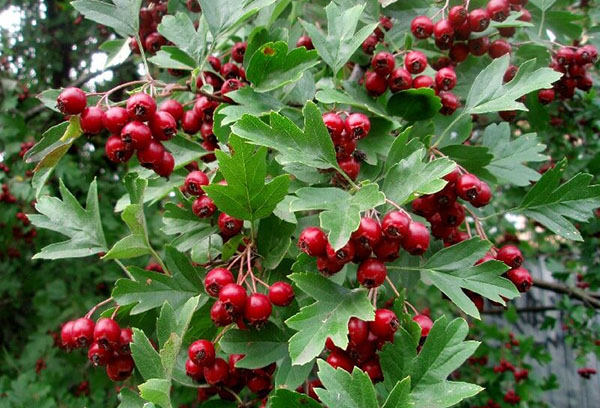
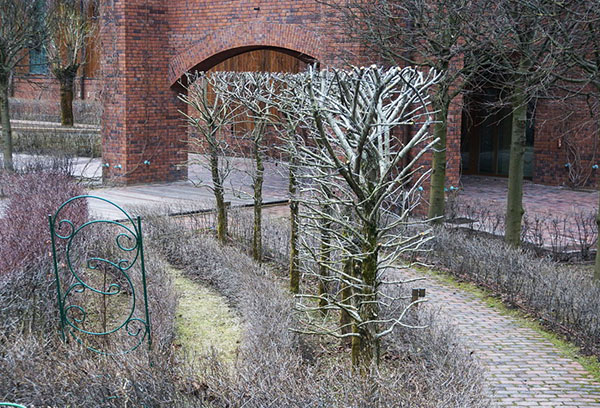
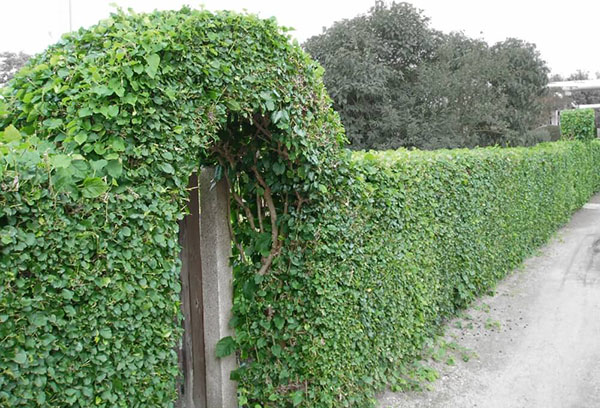
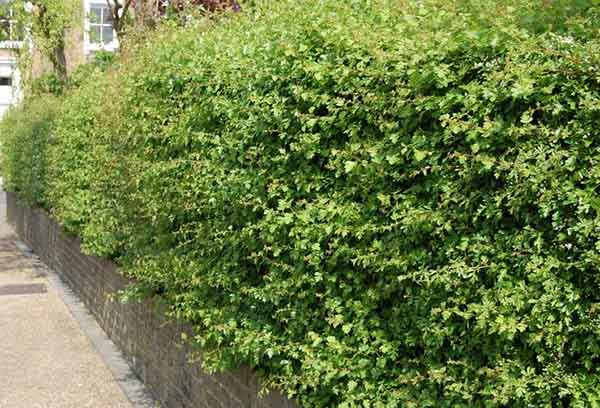
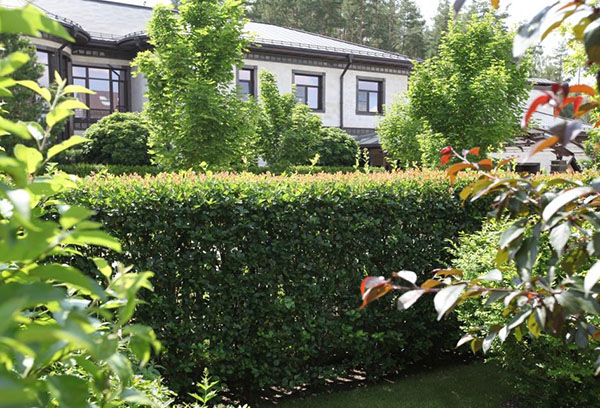
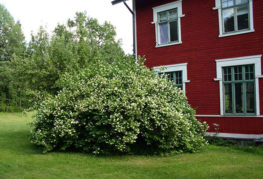
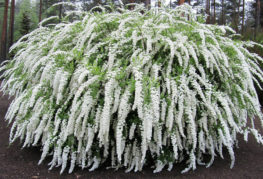
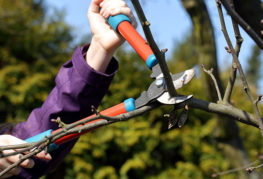
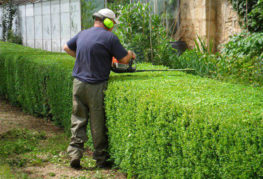
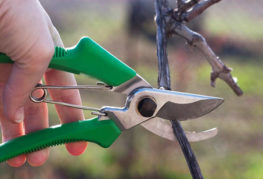
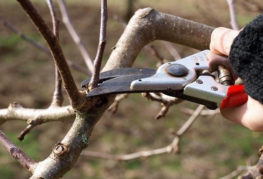
and will be published shortly.